In Tajikistan, environmental migrants often find themselves in precarious conditions, abandoned to their fate after relocating to new areas, a special report by CABAR.asia shows.
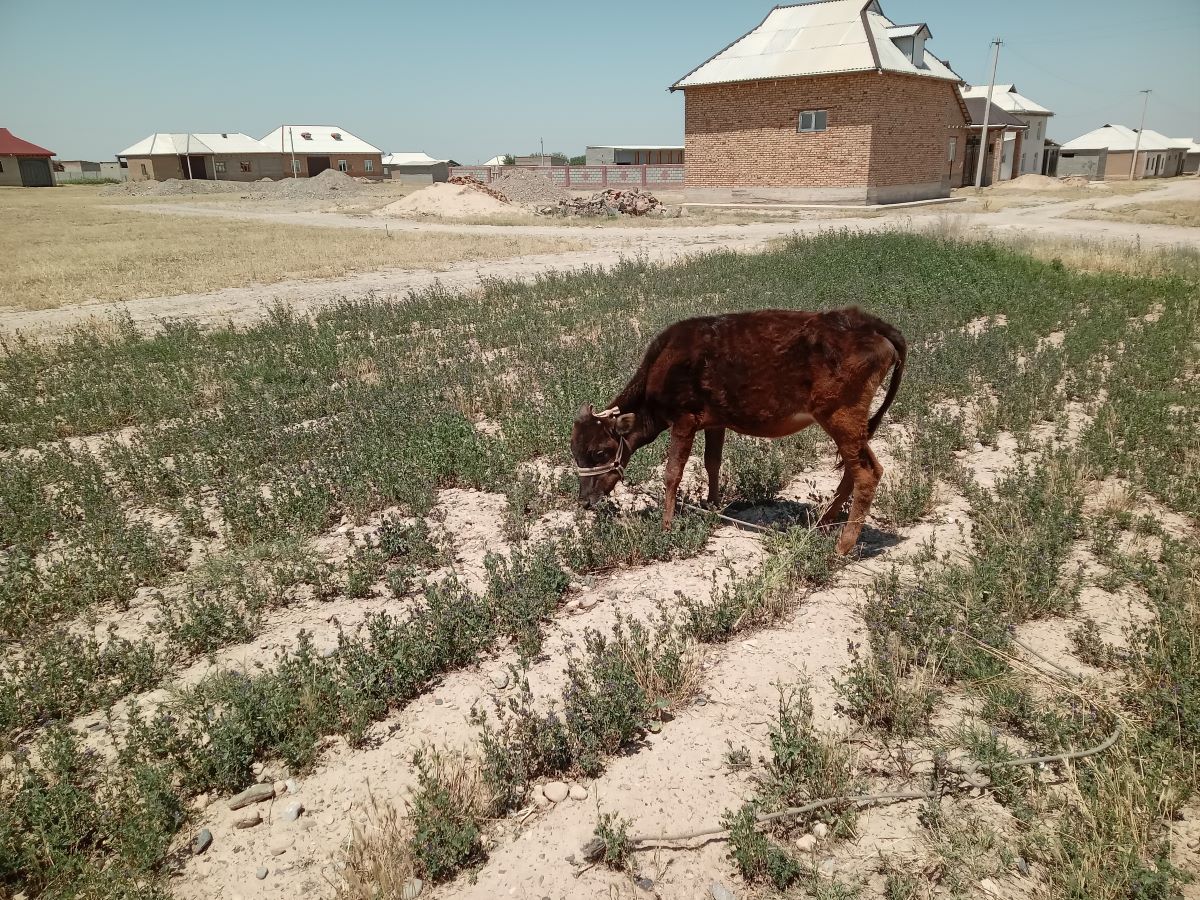
The Tajik government has mandated relocating 525 families from hazardous areas to safer neighborhoods between 2024 and 2026. These families are considered environmental migrants because their original homes are vulnerable to natural disasters, prompting authorities to allocate land for them in other regions of Tajikistan.
However, a report by a CABAR.Asia journalist revealed that after relocation, environmental migrants face harsh living conditions and lack adequate support from the authorities.
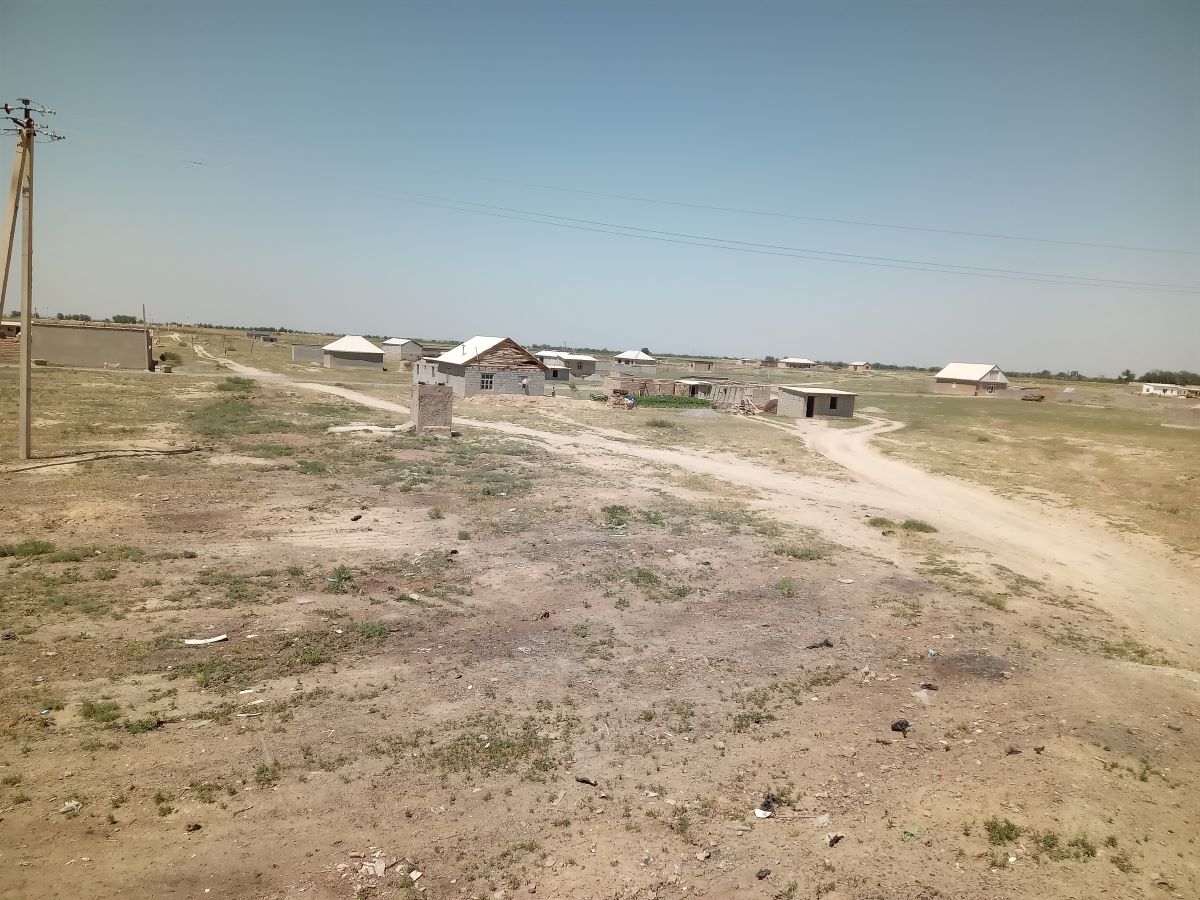
Bibisalima Nozirova moved with her husband, son, and daughter-in-law to the Javoni (‘Yoshlik’) neighborhood in the Zafarabad district in 2010.
This district is 312 kilometers north of Dushanbe, on the border with Uzbekistan. Before relocating to Zafarabad, Bibisalima’s family lived in the village of Vashan in the Ayni district. This area is entirely mountainous, and Bibisalima Nozirova’s house was next to a mudflow-prone area.
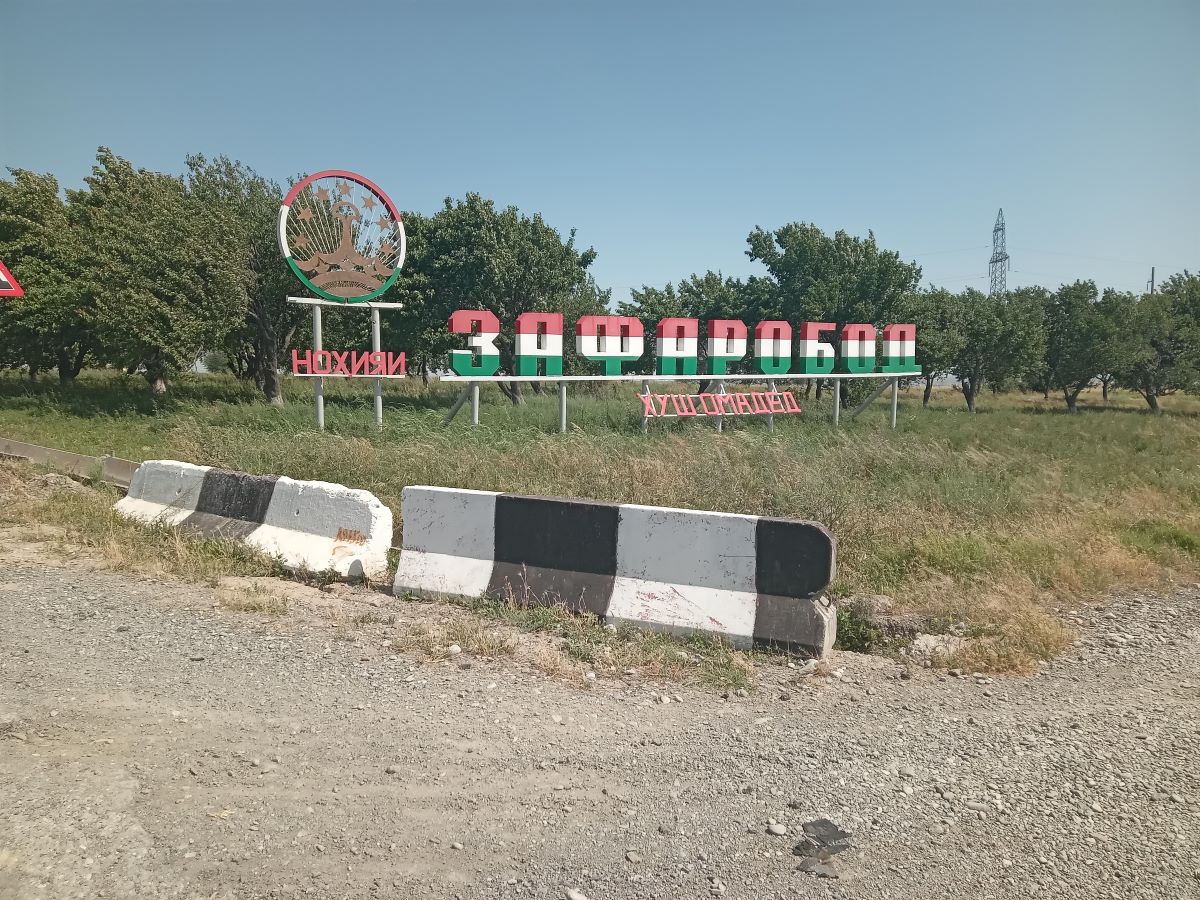
“Every time a mudflow came, we would panic, fearing it might demolish our house,” recalls our interlocutor of those days.
In 2008, by government decree, Bibisalima Nozirova’s family, along with several other villagers, was allocated land in the Zafarabad district. According to our interlocutor, in addition to 0.08 hectares of land, the authorities also provided them with 3,000 somoni ($680 at the 2010 exchange rate). However, the environmental migrants, including Nozirova’s family, return half of this sum after five years.

Bibisalima Nozirova and her husband and son built three houses from raw brick at their own expense and started a new life in a new location. However, many problems awaited the Nozirov family here. The most significant issue is the lack of access to drinking water, which remains unresolved even after 14 years. In their native village of Vashan in the Ayni district, the Nozirovs drank fresh river water. But in the Zafarabad district, there was no drinking water supply system. This family, along with other migrants, was forced to dig as deep as 8-9 meters into the ground to access drinking water.
This water, which locals call ‘kuduchnaya’ (well water), is salty, but environmental migrants have no choice.
A CABAR.asia journalist visited Jawoni village in Zafarabad district in May this year and tasted the water, which environmental migrants drink. The water is indeed brackish, and one feels discomfort or pain in the stomach a few minutes after drinking it.
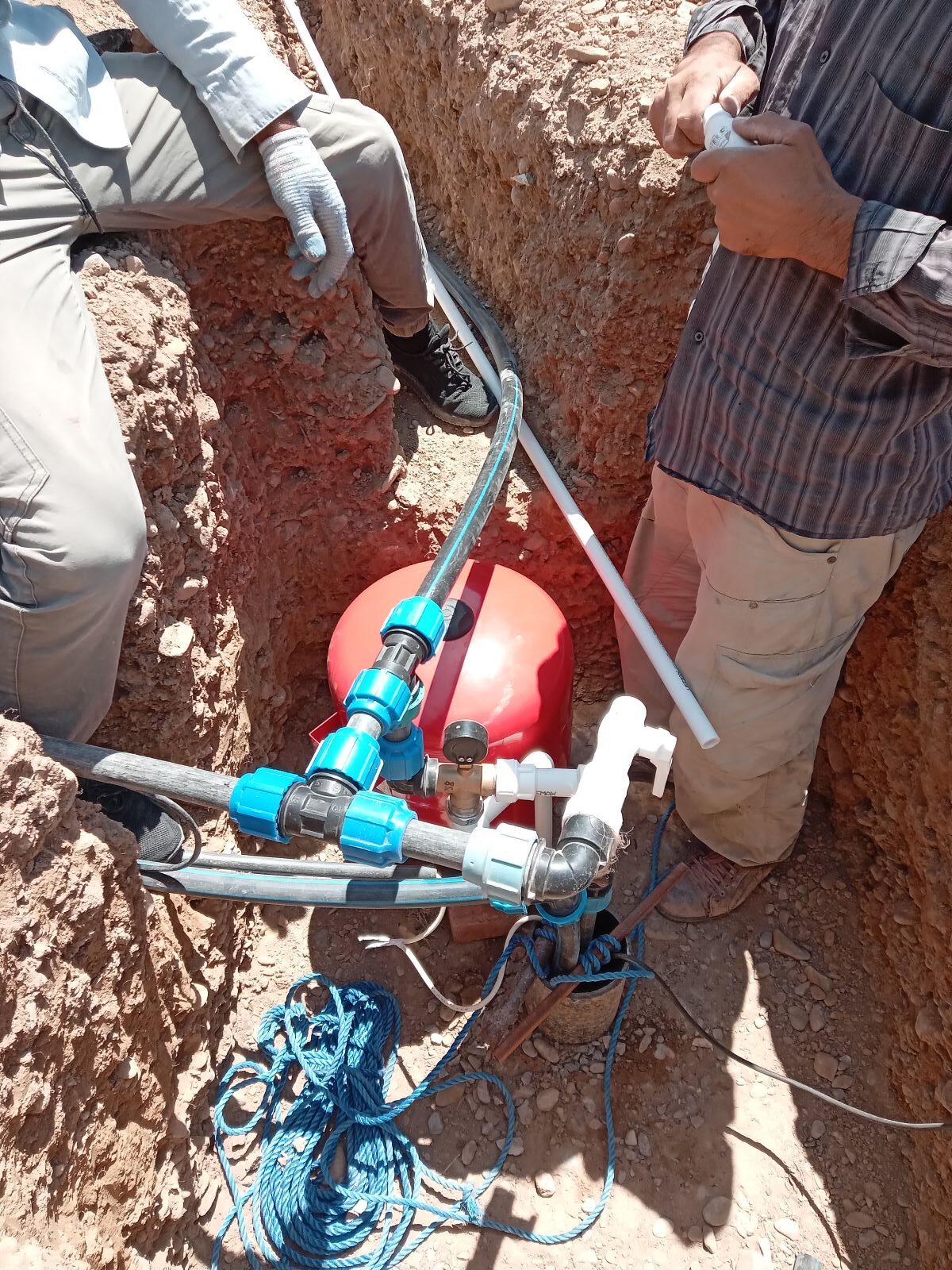
“The main problem is the water. Every time we take our children to the hospital, they tell us that their illness is caused by dirty water,” said Abduhafiz, another environmental migrant living in the village of Javoni.
Bibisalima Nozirova also mentioned that they have repeatedly appealed to the Zafarabad district administration and the Sughd region authorities for access to clean water.
“They told us that they would consider our requests in the coming years,” Nozirova said.
Delays from the authorities have forced some migrants to seek solutions to the water problem. In May, when a CABAR. asia journalist visited Javoni village, three environmental migrants dug a small ‘borehole’ in an attempt to extract fresh water. The three families spent 28,000 TJS ($2,600) to draw water from a depth of 50 meters, but there is only enough for a few families, not the entire village.
The Zafarabad District authorities acknowledge the situation of the environmental migrants, but officials claim that the drinking water problem is not as severe. Imomnazar Abdunazarzoda, secretary of the Jomi Jamoat in Zafarabad district, which includes Javoni village, told us that environmental migrants take water from a neighboring village
Uzbek-speaking migrants who moved here during the Soviet era live near the village of Javoni, have access to drinking water. Jomi Jamoat secretary, says that those who moved after 2010 from the Ayni district collect drinking water from the village of the Uzbek-speaking residents. However, the CABAR.asia journalist observed that the village where the Uzbek-speaking residents live is about 2-3 kilometers away from the village of the newly arrived migrants, and the people featured in our report cannot transport water without machinery
Imomnazar Abdunazarzoda, secretary of Jomi Jamoat, says that the authorities are considering providing drinking water to environmental migrants in the village of Javoni. More than one hundred families of environmental migrants live in this village.
The lack of drinking water is not the only problem environmental migrants face in Javoni village. Fourteen years after the resettlement, the village still lacks a healthcare facility, a school, a modern power line, and repaired roads. Schoolchildren are forced to cross the main road to attend classes in a neighboring village. This is the main road leading to the center of Zafarabad district, and cars drive along it at high speed. Last year, a car hit the child of one of the environmental migrants while crossing the road, and the teenager broke his leg. Land has been allocated to construct a school in Javoni village, but it is unknown when it will be built.
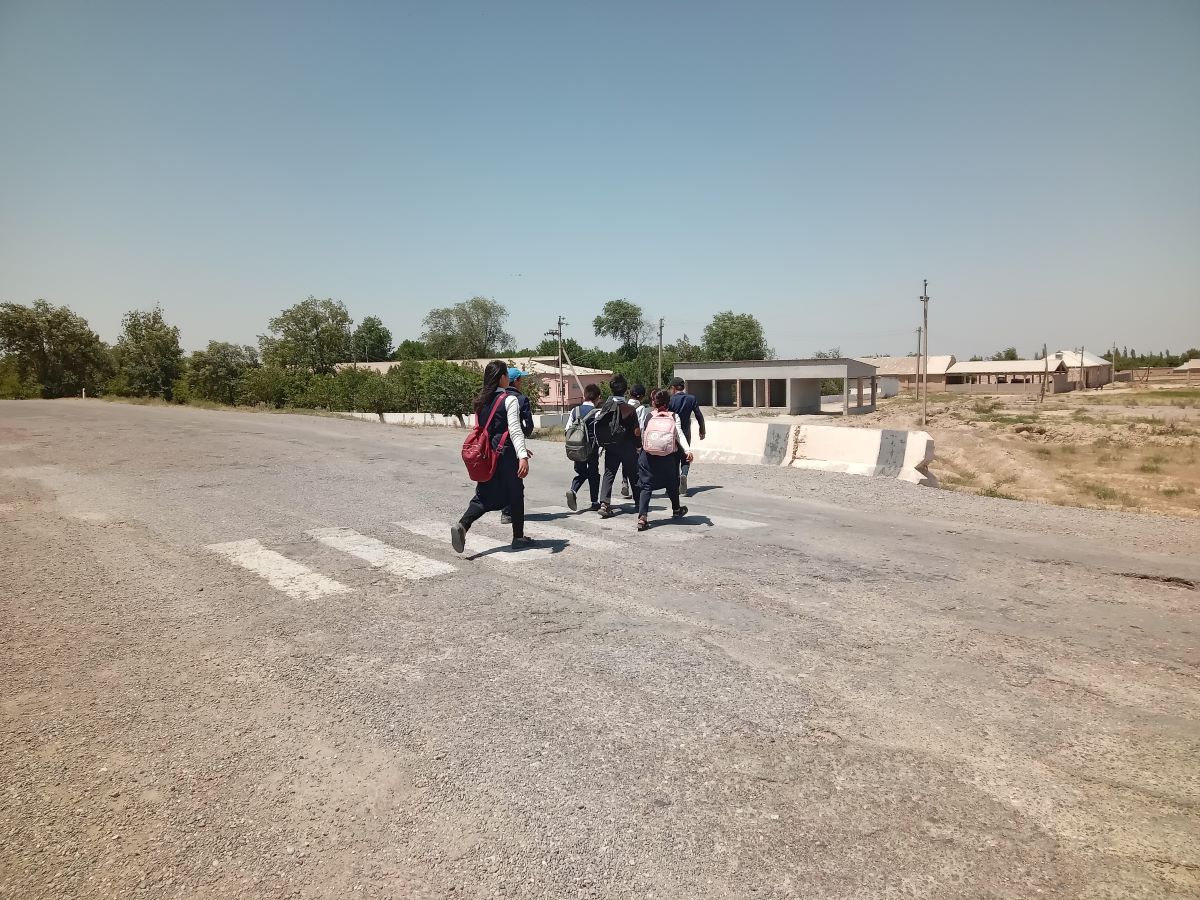
Imomnazar Abdunazarzoda stated that children of environmental migrants study in two schools in neighboring villages, and they are waiting for the Sughd region government to allocate money for the construction of a school. Some environmental migrants, without hope in the authorities, have taken on the task of solving their problems themselves. Imomnazar Abdunazarzoda also said that one of the migrants from Devashtich district used the money he had saved for the hajj pilgrimage to extract drinking water.
Loud radio and contests instead of water
Another issue faced by environmental migrants is the lack of access to electricity. According to the residents who were among the first to arrive in the village, they had to install the power lines themselves. Later arrivals also do not have access to power lines and are forced to extend electric wires to their homes on their own. The CABAR.asia journalist observed how a group of environmental migrants set up poles and ran the power lines at a height of just 1 to 1.5 meters. The residents say they are compelled to do this in order to have basic lighting in their homes.
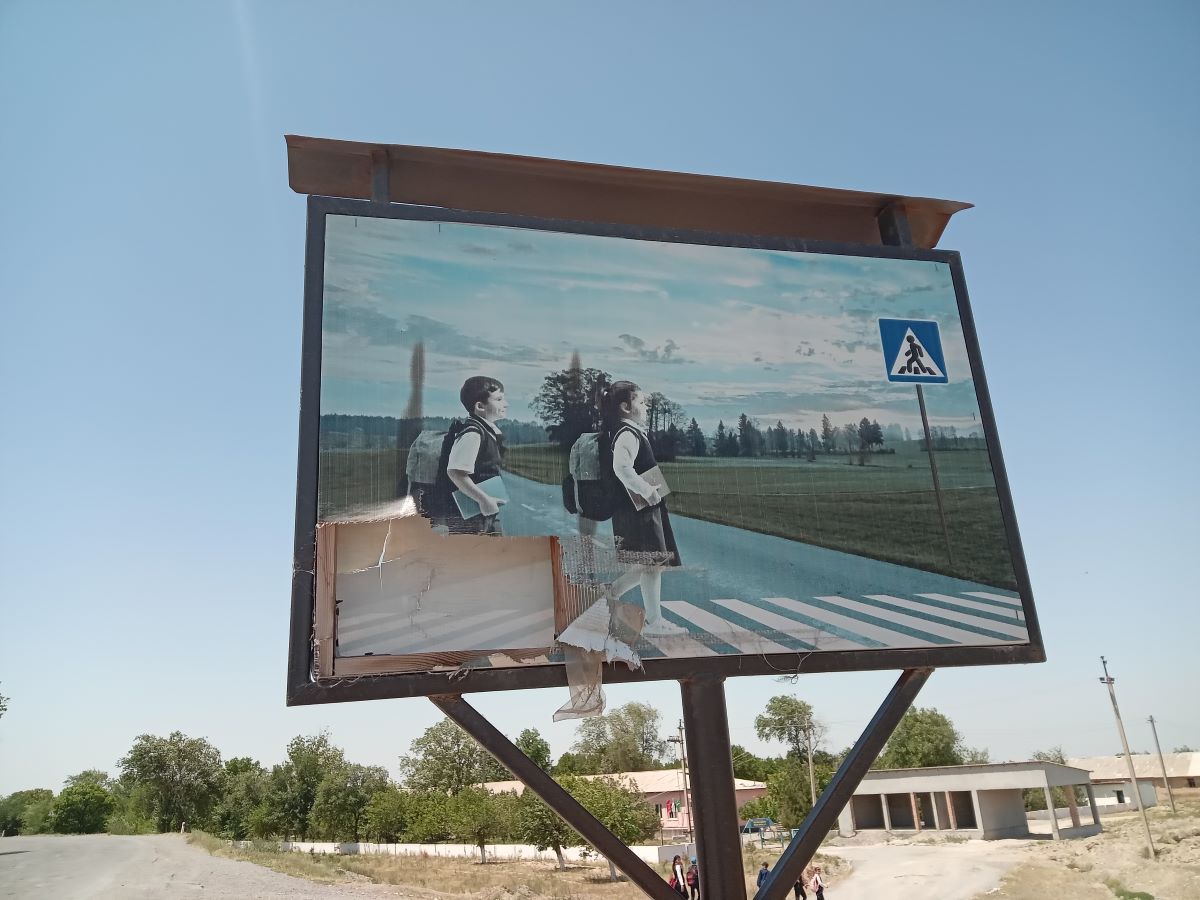
Imomnazar Abdunazarzoda, secretary of the Jomi Jamoat, says that environmental migrants do not have problems with electricity, as power lines have been installed on poles. However, Abdunazarzoda confirmed that poles have not yet been installed ‘on some streets where the voluntary migrants have settled.’
When asked what the authorities have done to improve the living conditions of environmental migrants, the official said that a competition for the best house, street, and mahalla was organized by order of the provincial head, and a radio loudspeaker was installed a few days ago.
However, the environmental migrants’ current requests to the authorities are for access to fresh water and the construction of a school and a health facility.
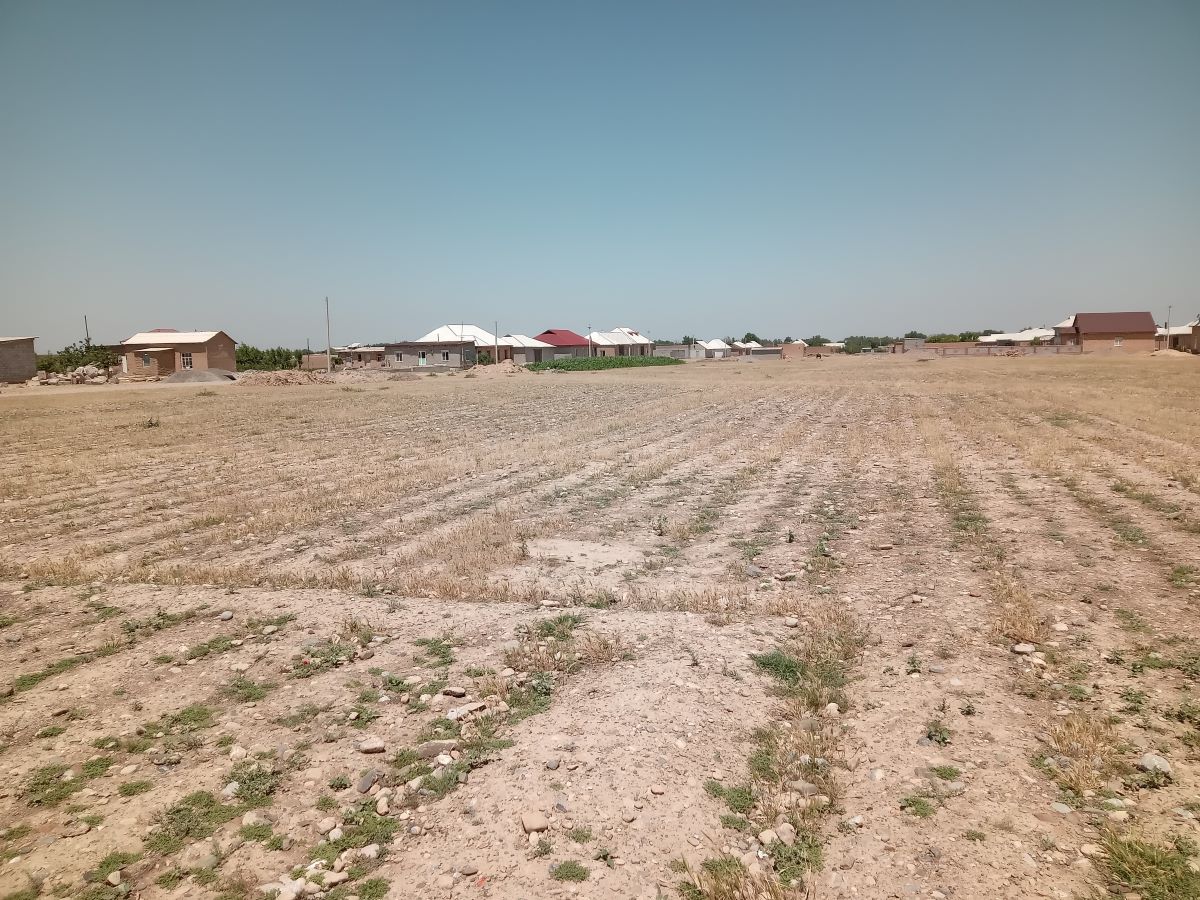
The issue of providing conditions for environmental migrants is not clearly defined in Tajikistan’s legislation.
According to the Procedure for Environmental Migration, approved by a government resolution, local authorities must ‘provide environmental migrants in their new places of residence with a house or a plot of land for housing construction.’ However, several environmental migrants in the Zafarabad district whom we interviewed said that they were only given 0.08 hectares of land for housing construction and a ‘concessional loan’ of three thousand somoni (about 280 US dollars), half of which must be repaid after five years. According to the migrants, this amount is only enough for one truckload of gravel.
The lives of environmental migrants in the Zafarabad district are primarily supported by labor migration to Russia and construction work in the city of Khujand. There is not a single enterprise or small workshop in the village. Some residents were given land for agriculture, but due to the lack of water, they cannot farm.
Bibisalima Nozirova, a resettled woman, was given 0.08 hectares of land at the village entrance, next to a mudflow channel, where she grows potatoes.
Every year in the spring, the mudflow washes away this land, but Nozirova says she is forced to continue farming there. Like other environmental migrants, Bibisalima Nozirova has no money to buy a house in a more favorable location and move. As a result, they are forced to live under these conditions without fresh water, a hospital, a proper road, a school, or stable employment.

